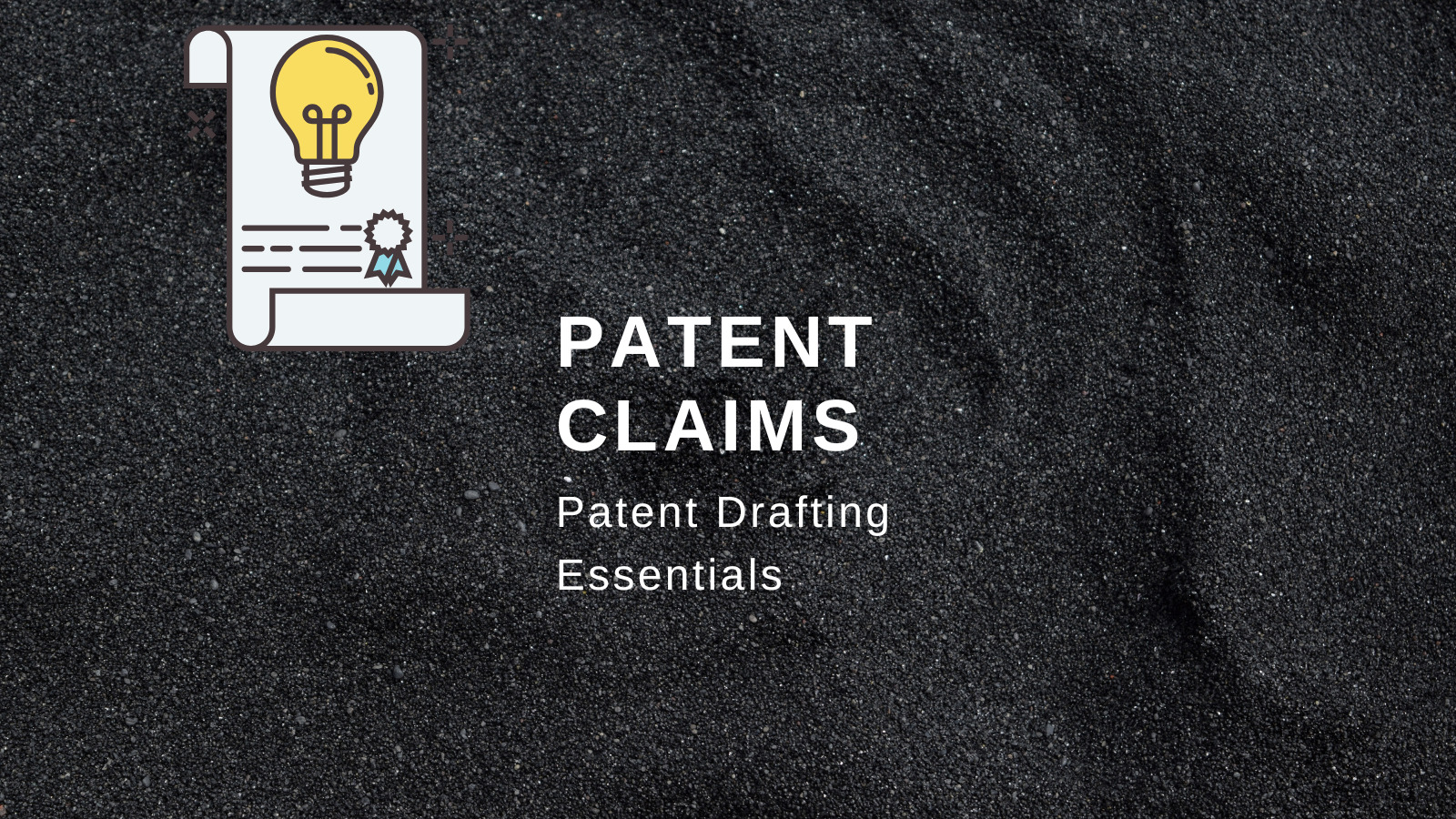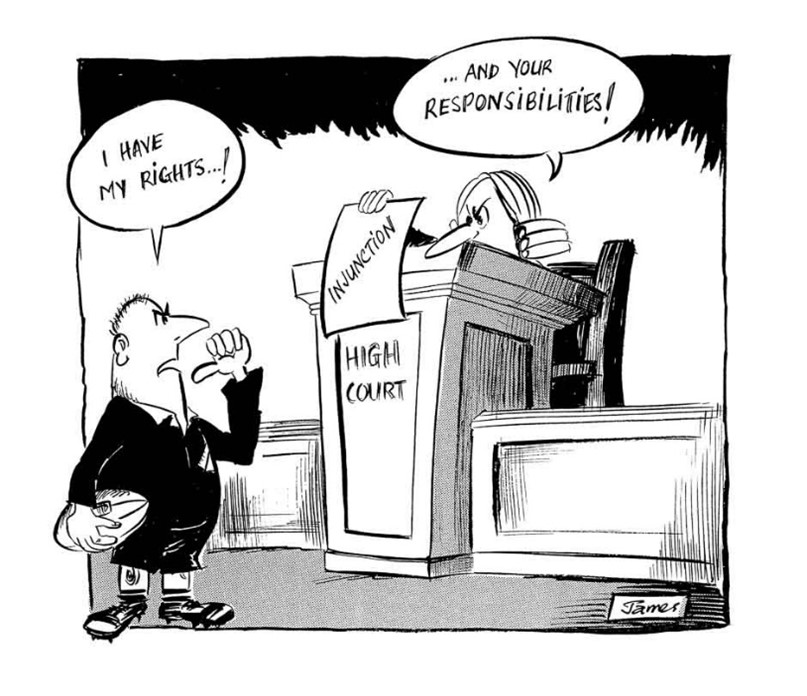
What are Patent Claims and Why Should You Get It Right?
A patent claim sets the boundaries for an invention by highlighting what the invention covers and does not cover. In simple terms, the patent claims define the subject matter (i.e., product or process) for which patent protection is being sought and the rest of the patent specification including any drawings explains the technical details of the invention in detail. Basically, the protection by way of patent grant is given for the claims and not any other part of the complete specifications.
Having mentioned that, one cannot simply state statements about the inventions as claims nor one should interpret the term ‘Patent Claim’ to mean as describing what the invention achieves in a broad sense. The Patent Law in general across all jurisdictions require the patent claims to be recite specific technical features of the invention in a techno legal language.
One of the main reasons for this strict requirement is because the Patent Office provides exclusive rights to you upon successful grant of patent. If your claims are not drafted in a way that it clearly sets boundaries for your invention, then the Patent office cannot determine what is your invention.
Why should you get it right?
As a Patent Attorney, very often we come across clients who wants us to help in addressing the examination report issued by the Patent Office after the invention details are examined by the Patent Examiner and observations regarding novelty, inventive step, non-patentable subject matter, sufficiency of disclosure, scope of invention is provided in the report. Generally, we would be faced with two scenarios:
I. Patent Drafted by A Patent Agent or Patent Attorney
Mostly, when a patent specification is drafted by a patent agent or patent attorney, almost all requirements with respect to the patent claims as well as the specification would be complied with.
In such scenarios, we rarely face any serious objections with respect to the claims from the Patent Examiner considering the techno-legal language prescribed by the Patent offices across all jurisdictions.
II. Patent Drafted by An Inventor Themselves
In describing an invention, there is no better person than the inventor themselves. We always notice in such patent specifications drafted by the inventors, there are two types of patent drafts. One drafted by the inventor who might have filed multiple patents over a period of few years and have understood the requirements of patent drafts and mastered the art of drafting patent claims.
Another set of inventors are who file a patent application for the first time. Most often in such patent applications, the technical details of the invention is captured diligently in the description part of the specification. However, when it comes to claims, there are numerous anomalies due to not non-compliance with the legal requirements of patent claims. Consequently, the Patent Examiner also raises plethora of objections with respect to the patent claims.
Very often the objections are so severe that it affects the entire invention and may even cause refusal of application. One primary issue which we mostly encounter while amending the claims is that since the original patent claims lack the important technical features, it becomes impossible to draft a new set of claims or make modifications to the existing patent claims. Even if the amendments are made, more objections are attracted for introducing new subject matter which is not originally claimed.
Implications of An Improperly Drafted Claims
As a result, the inventor losses to get protection for their invention since the existing patent specification does not meet the statutory requirements. Additionally, since the patent application containing the details of the invention has already been published by the Patent Office, the inventor also cannot file a new application again for the same subject matter.
Therefore, there is only one chance to get the patent claims right and that it is before you file your patent application to the patent office.
Tips for Drafting Patent Claims by Yourself
First and foremost, you are required to only state the technical features of your invention in the patent claims. The patent claims should never recite mere advantages of your invention, advantages can always be inferred a person skilled in the art by reading your patent claims and the corresponding description.
Perform a Basic Patent Prior-Art Search on Various Free Patent Databases
Before you proceed to draft a patent application, it is essential that you understand the available prior art in relation to your invention. This would enable you to assess if any feature of your invention has been already disclosed in public domain. If you do not find any overlap, you can draft a broader patent claim. In case, if you find any of your invention feature has been disclosed already, then you can draft a claim highlighting the novel technical feature.
Review Multiple Granted Patents in Your Technical Field
As you have already performed the patent prior-art search, refer to the granted patents to get an idea on how the patent is drafted. Particularly, pay special attention to the patent claims first and then proceed to read the patent specification along with the drawings. You will notice a certain flow and format to the way the patent claims are drafted and how the description supports the patent claims in further detail.
Refer to Free Material Available on Patent Claim Drafting
If you have still not understood the basic way of drafting patent claims, you can look for free material available online for understanding the nuances of the patent claim drafting. A simple google search for ‘How to draft patent claims’ will provide you with enough results to easily understand the patent claim basics with few hours of reading.
Draft a Clear and Concise Claims
If you have followed the above tips so far, you would have come across terms such as ‘independent claims’ and ‘dependent claims’. The independent claims do not refer to any other claims and recite all the essential technical features of your invention. The dependent claims always refer to the independent claim to which it relies on and recites further limitations of the technical features claimed in independent claim.
Check for Antecedent Basis
The patent claims should have a proper antecedent basis i.e., a new element should be initially referred with an indefinite article “a” or “an” and in the subsequent references, you have to use a definite article “the”. Improper antecedent basis shall lead to lack of clarity in your claims and objections from the Patent Examiner.
Cross-check if the Claims are explained in Detail in Patent Description
Finally, drafting a patent claim is not the only task but also the patent claims must be supported with adequate technical description in the specification for a person skilled in the art to understand the invention. Insufficient technical disclosure in the patent specification shall lead to objection under the grounds of insufficiency of disclosure.
Conclusion
If a patent agent or patent attorney draft a patent claim, then you do not need to worry about the above elaborated conditions. As any patent agent or patent attorney will strictly adhere to these requirements and ensure the technical details of your invention are drafted according to the standards. However, we understand that it is always not possible to seek professional help due to economic reasons. In such scenarios, as an inventor, you are urged to spend some time understanding these nuances before you end up inadvertently disclosing your invention with improperly drafted patent claims which then diminishes your chances of getting a protection for your invention.



Recent FAQs Published by the Indian Patent Office on Form 27
The Indian Patent Office recently released a comprehensive FAQ document…

A Comprehensive Guide to Patent Searches: Types, Examples, and When to Use Them
Patent searches are a crucial aspect of the patenting process.…

Microsoft vs. Indian Patent Office – Decisions by Delhi High Court on Software Patents in India
The part of this series focuses on the…

Case in Point: Sun Pharma Ltd vs. DWD Pharma Ltd
Case in Point is a new series where…
Categories
Recent Discussions
Recent FAQs Published by the Indian Patent Office on Form 27
The Indian Patent Office recently released a comprehensive FAQ document regarding Form 27, aimed at clarifying the requirements and procedures for patentees and…
Recent Discussions
A Comprehensive Guide to Patent Searches: Types, Examples, and When to Use Them
Patent searches are a crucial aspect of the patenting process. Whether you're an inventor, entrepreneur, or a legal professional, understanding the different types…


